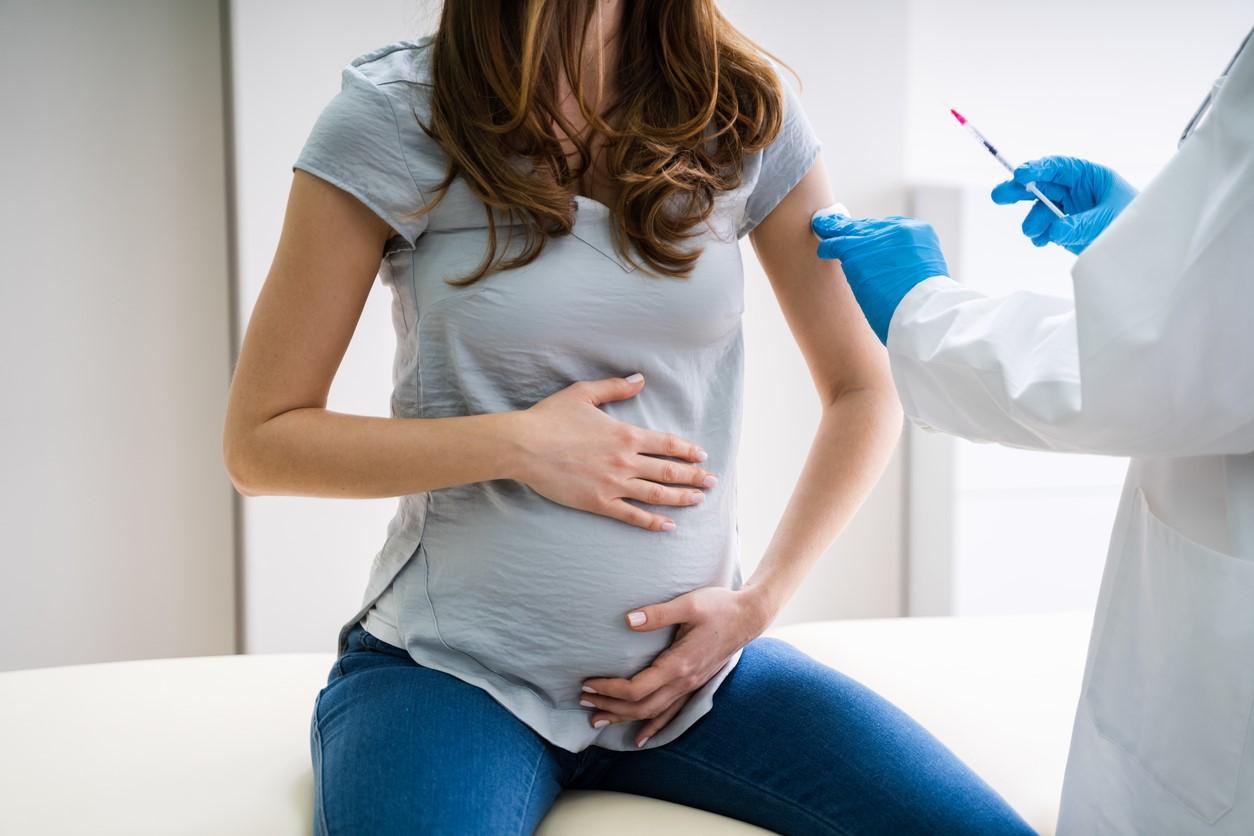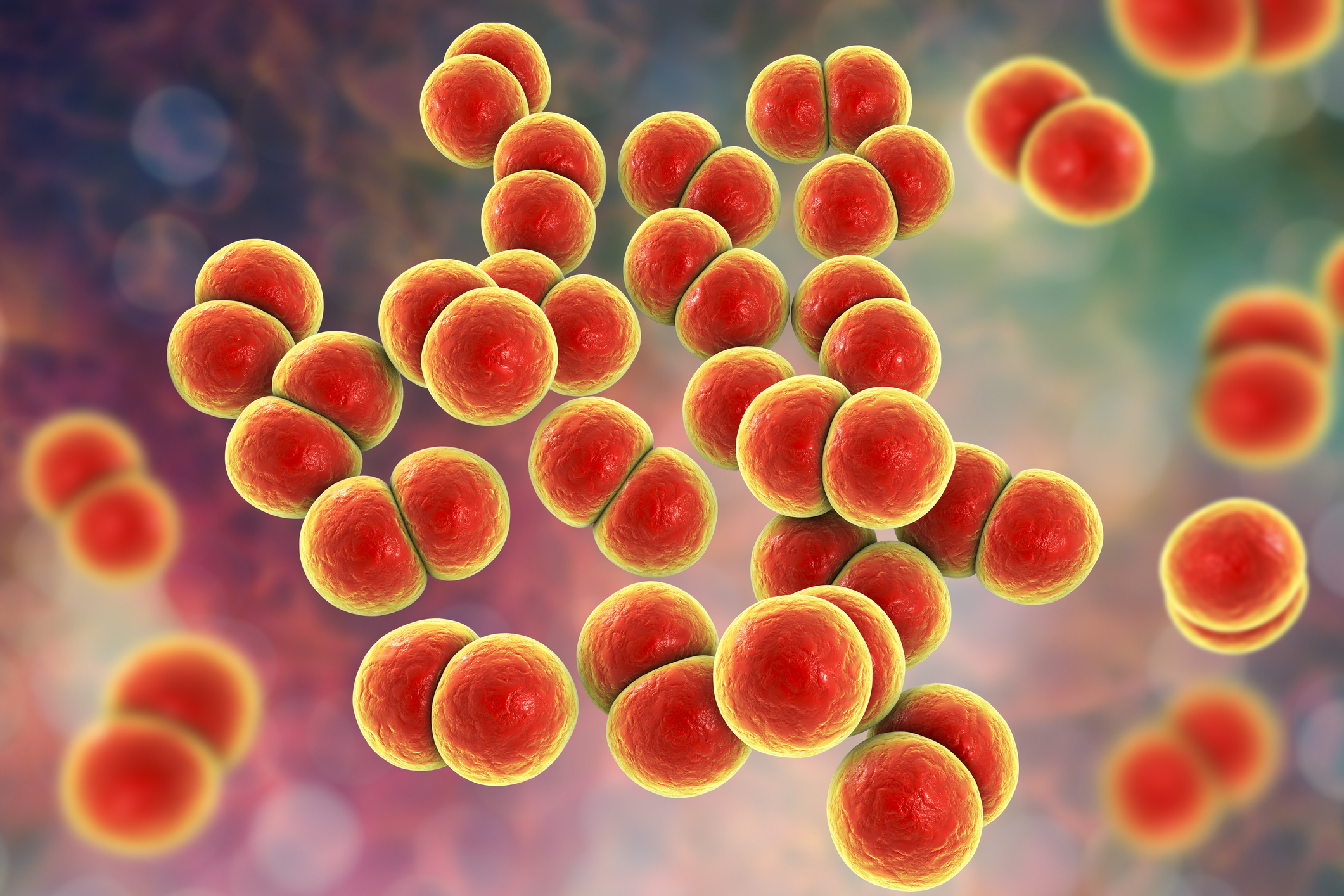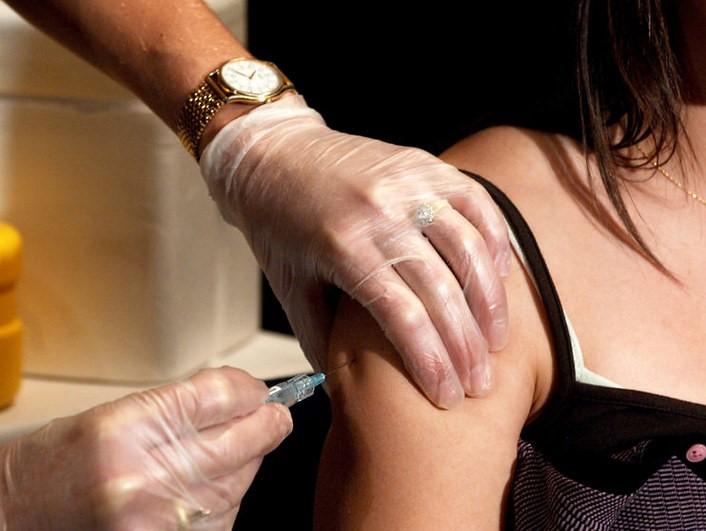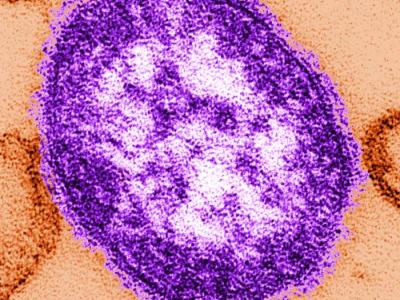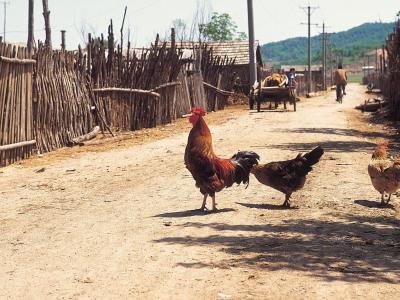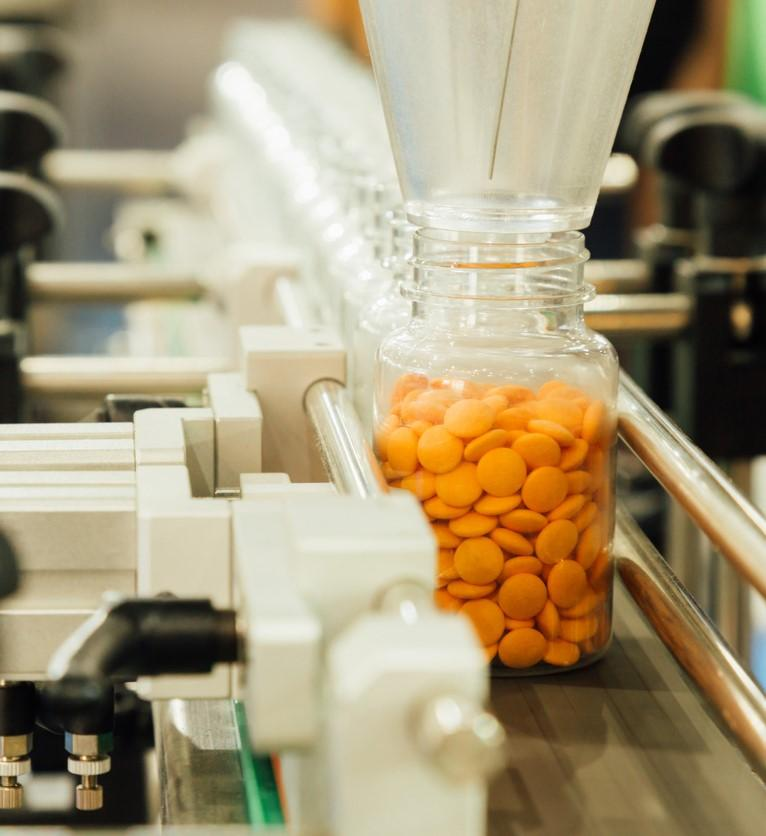
The US Food and Drug Administration (FDA) continues to struggle in overseeing more than 4,800 foreign drug manufacturers supplying medications for the US market, although it has taken action to improve its drug-safety oversight, the Government Accountability Office (GAO) told the House of Representatives' Subcommittee on Oversight and Investigations yesterday.
"We have identified long-standing weaknesses in FDA's ability to oversee this manufacturing, an issue highlighted in our High-Risk Series since 2009," Mary Denigen-Macauley, PhD, director of GAO's healthcare team, testified.
As of 2022, 58% of makers of drugs bound for the US market were located overseas, the GAO noted.
FDA working on implementing recommendations
In 2019, the FDA performed a record number of inspections of manufacturers in India and China, but the agency postponed most inspections after the COVID-19 pandemic began in 2020, according to the GAO. During this period, the FDA relied on remote inspections, document reviews, and reports from foreign regulators. But by 2022, a backlog had grown of manufacturers never inspected or not inspected within 5 years.
"While domestic inspections have almost always been unannounced, FDA's practice of generally preannouncing foreign inspections up to 12 weeks in advance may have given establishments the opportunity to fix problems before the inspection.
Denigen-Macauley said that foreign inspections have always been problematic and that the FDA lacks enough staff specializing in foreign inspections.
"While domestic inspections have almost always been unannounced, FDA's practice of generally preannouncing foreign inspections up to 12 weeks in advance may have given establishments the opportunity to fix problems before the inspection," she said. "FDA has relied on translators provided by the foreign establishments being inspected, which investigators told us can raise questions about the accuracy of information FDA investigators collect."
The FDA has agreed with and taken steps in response to GAO recommendations to evaluate remote inspection processes, create a plan to address the inspection backlog, implement pilot programs evaluating the effect of performing unannounced inspections and employing independent translators, and develop strategies to increase its foreign inspection workforce, the GAO said.
Denigen-Macauley said the GAO will continue to monitor the FDA's foreign drug inspection program and will reports its findings.
